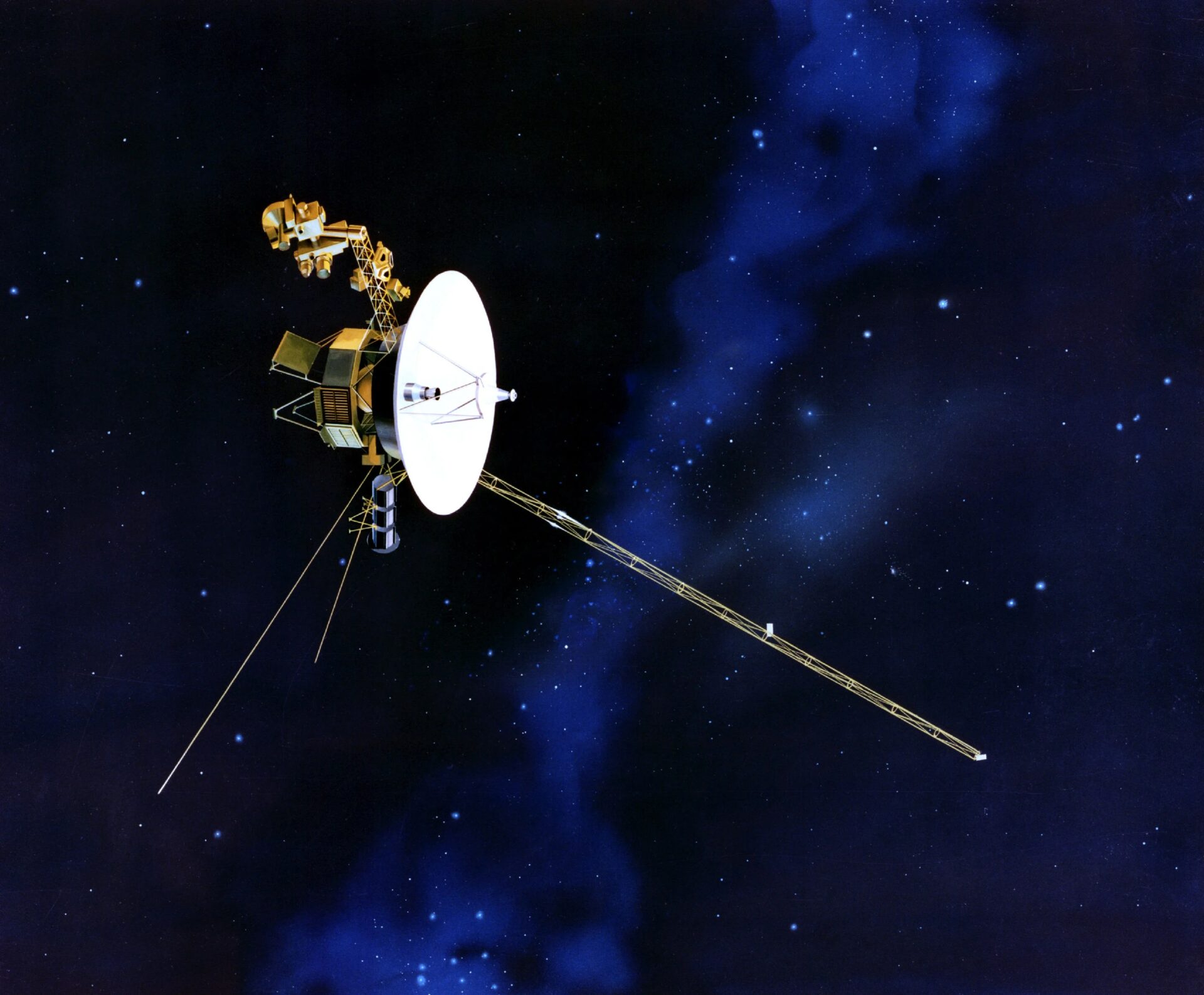Have you ever tried to start the engine of a car that has been idle for several decades? There is no guarantee that it will even react somehow to turning the ignition key. NASA did something similar a few days ago, and successfully. Voyager 1 recently celebrated its 45th anniversary, but during this long time the probe’s batteries have been severely depleted, and therefore, to save communication and charge, the aerospace administration periodically turns on the device to check the systems. The last communication session took place in 2018 to check the performance of the engines after decades of inactivity. The probe “woke up” and successfully completed the task.

Voyager 1 and its “twin brother” Voyager 2 were launched into space back in 1977 to explore the outer edges of our Solar System. NASA expected that the devices would work for a maximum of 5 years. However, both probes continue to work even after 45 years. From time to time Voyager 1 communicates with NASA’s Deep Space Network to receive routine commands and transmit data. Sometimes it is very difficult to do this, because due to periodic failures, NASA engineers have to consult 45-year-old instructions, as well as take into account outdated equipment. In 2017, NASA had to interact with the spacecraft and perform a minor course correction, launching micro-motors unused for 37 years in a row.
Since 2014, scientists have noted that the main power plant of the spacecraft degrades over time. Instead, the engineers decided to use backup trajectory correction engines that had not been used for decades. The tests were successful the other day. But due to the huge distance to the device, which is more than 23 billion kilometers, the answer about the successful start of the engines was received only after 19 hours. Now NASA plans to conduct the same tests with other Voyager 2 spacecraft, another spacecraft moving in interstellar space.
A successful communication session and a successful engine launch test means that both Voyager spacecraft will be able to send important data from deep space until at least 2025. This is the farthest probe of humanity, so scientists are looking forward to the next scientific data from this device.
Recall that the Voyager probes are losing charge and NASA plans to turn off the spacecraft.
According to The Space Academy
Follow us on Twitter to get the most interesting space news in time
https://twitter.com/ust_magazine
